For Canadian investors, exchange-traded funds (ETFs) have become one of the most accessible ways to build long-term wealth. Offering instant diversification, lower fees, and exposure to everything from dividend-paying blue chips to cutting-edge technology, ETFs can match almost any investment style. The challenge is choosing the right ones to hold for the long haul. Here are 20 Canadian ETFs that could deliver long-term gains:
iShares S&P/TSX 60 Index ETF (XIU)

As Canada’s oldest and most popular ETF, XIU remains a go-to for investors seeking broad exposure to the country’s largest companies. With holdings in financials, energy, and telecommunications, it represents the backbone of the Canadian economy. Its low management fees make it cost-effective, while its stability appeals to both beginners and seasoned investors. Because it tracks the S&P/TSX 60, XIU provides a simple way to capture long-term growth and dividend income from blue-chip names, all in one basket, making it hard to beat for Canadians looking for a core holding.
Vanguard FTSE Canada All Cap Index ETF (VCN)

VCN is designed for investors who want exposure to the entire Canadian equity market, not just the largest players. By including small-, mid-, and large-cap companies, this ETF captures more opportunities for growth across different sectors. At the same time, its low fees and diversified structure make it a strong option for those seeking broad domestic exposure. Over time, small- and mid-cap firms often outpace larger companies in terms of growth, giving this fund additional upside potential. For investors who prefer a balanced, long-term approach to Canadian equities, VCN is a reliable choice.
BMO Low Volatility Canadian Equity ETF (ZLB)

ZLB has earned a reputation as one of the best ETFs for steady long-term performance in Canada. By focusing on lower-volatility stocks, it offers downside protection while still capturing long-term equity growth. Historically, ZLB has outperformed broader market indices during downturns, making it especially appealing for conservative investors. With holdings in stable sectors like utilities and consumer staples, it provides smoother returns over time. This defensive structure makes ZLB particularly attractive for retirees or those nearing retirement who still want equity exposure without the rollercoaster of the broader market.
Horizons S&P/TSX 60 Index ETF (HXT)

HXT is a unique option because of its structure. Instead of paying out dividends, it uses a total return swap to reinvest distributions back into the fund, allowing for tax-efficient compounding. This makes it especially attractive for investors in non-registered accounts who want to defer taxes while maximizing long-term growth. With exposure to Canada’s top 60 companies, it provides the same broad blue-chip exposure as XIU but with a more tax-savvy approach, and for younger investors with decades to compound, HXT offers a powerful way to build wealth.
iShares Core S&P U.S. Total Market Index ETF (XUU)
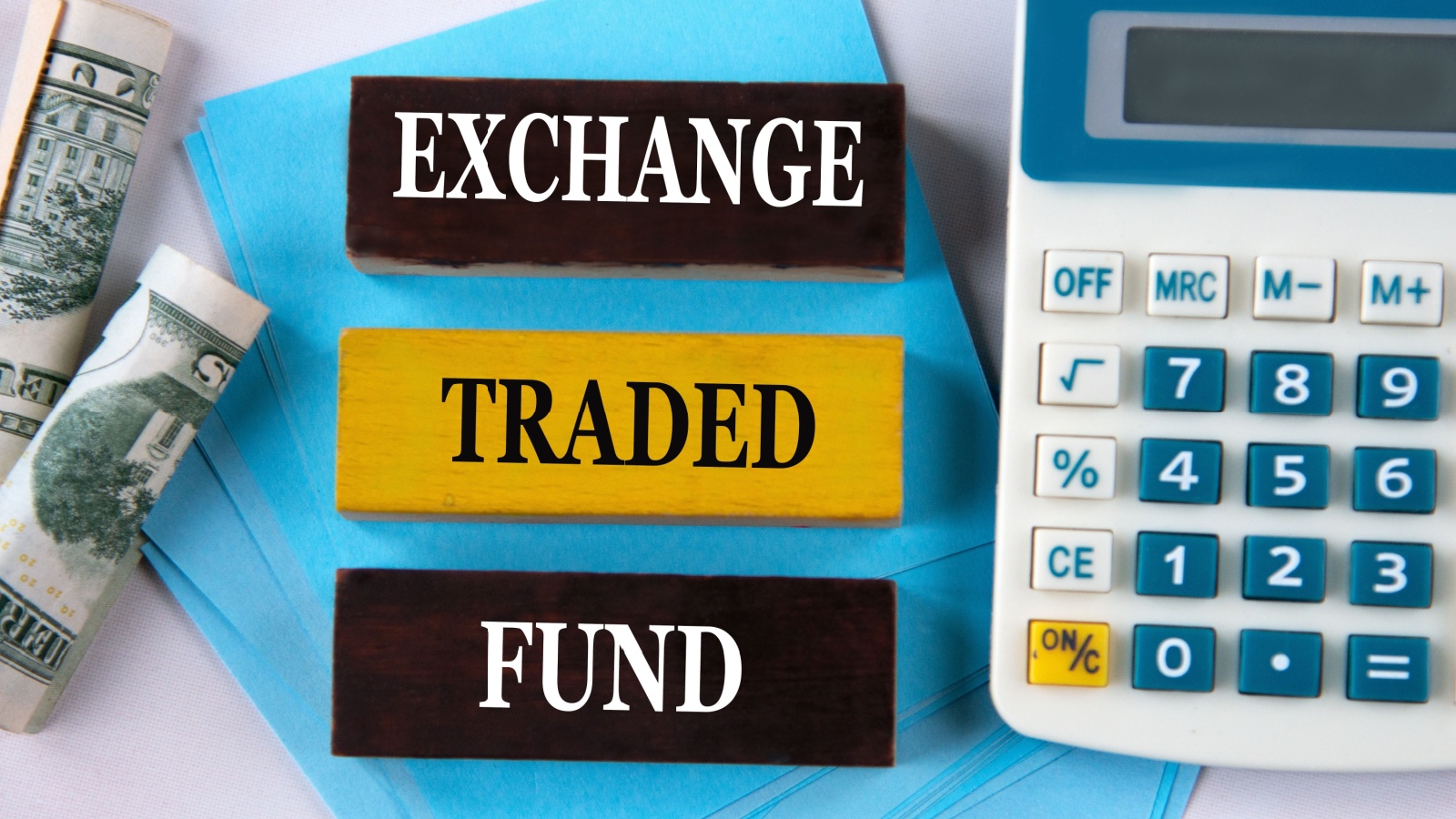
For Canadians seeking exposure beyond domestic stocks, XUU provides access to the entire U.S. market, spanning mega-cap giants like Apple and smaller growth companies. Its low fees and broad diversification make it a cost-effective way to tap into the strength of the U.S. economy. Over the past decade, U.S. equities have consistently outperformed Canadian markets, making this ETF an essential building block for long-term portfolios. By holding XUU, Canadians get exposure to thousands of companies, ensuring they don’t miss out on America’s long-term economic growth story.
Vanguard FTSE Global All Cap ex Canada Index ETF (VXC)
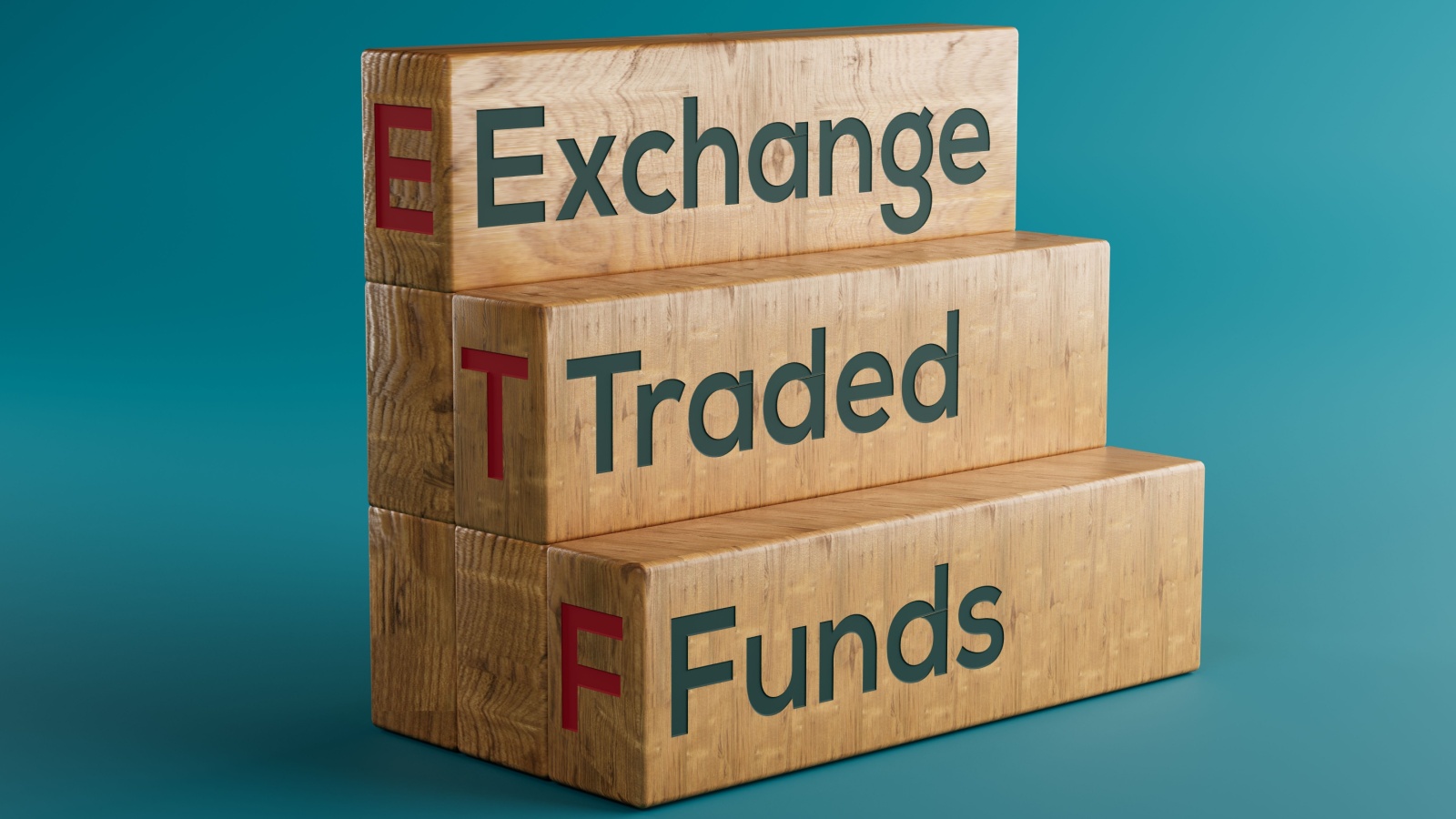
VXC is designed for investors seeking global diversification outside of Canada. With exposure to both developed and emerging markets, it includes companies from Europe, Asia, and beyond. This ETF provides a one-stop solution for international equities, reducing reliance on the Canadian and U.S. markets. Its breadth means investors gain access to global leaders in technology, manufacturing, and healthcare, and by including emerging markets, it also adds growth potential. For Canadians aiming for a balanced, globally diversified portfolio that delivers long-term gains, VXC is a convenient and cost-effective choice.
BMO MSCI EAFE Index ETF (ZEA)

ZEA offers Canadian investors exposure to developed markets outside of North America, including Europe, Australasia, and the Far East. This ETF captures companies like Nestlé, Toyota, and Unilever, providing diversification across stable global leaders, offering an effective way to balance portfolios that may already be heavy in Canadian and U.S. equities. The fund’s global reach and low costs make it attractive for long-term investors who understand that global diversification reduces risk. Over time, adding exposure to international markets like these helps smooth returns while boosting long-term wealth creation.
iShares Core MSCI Emerging Markets ETF (XEC)
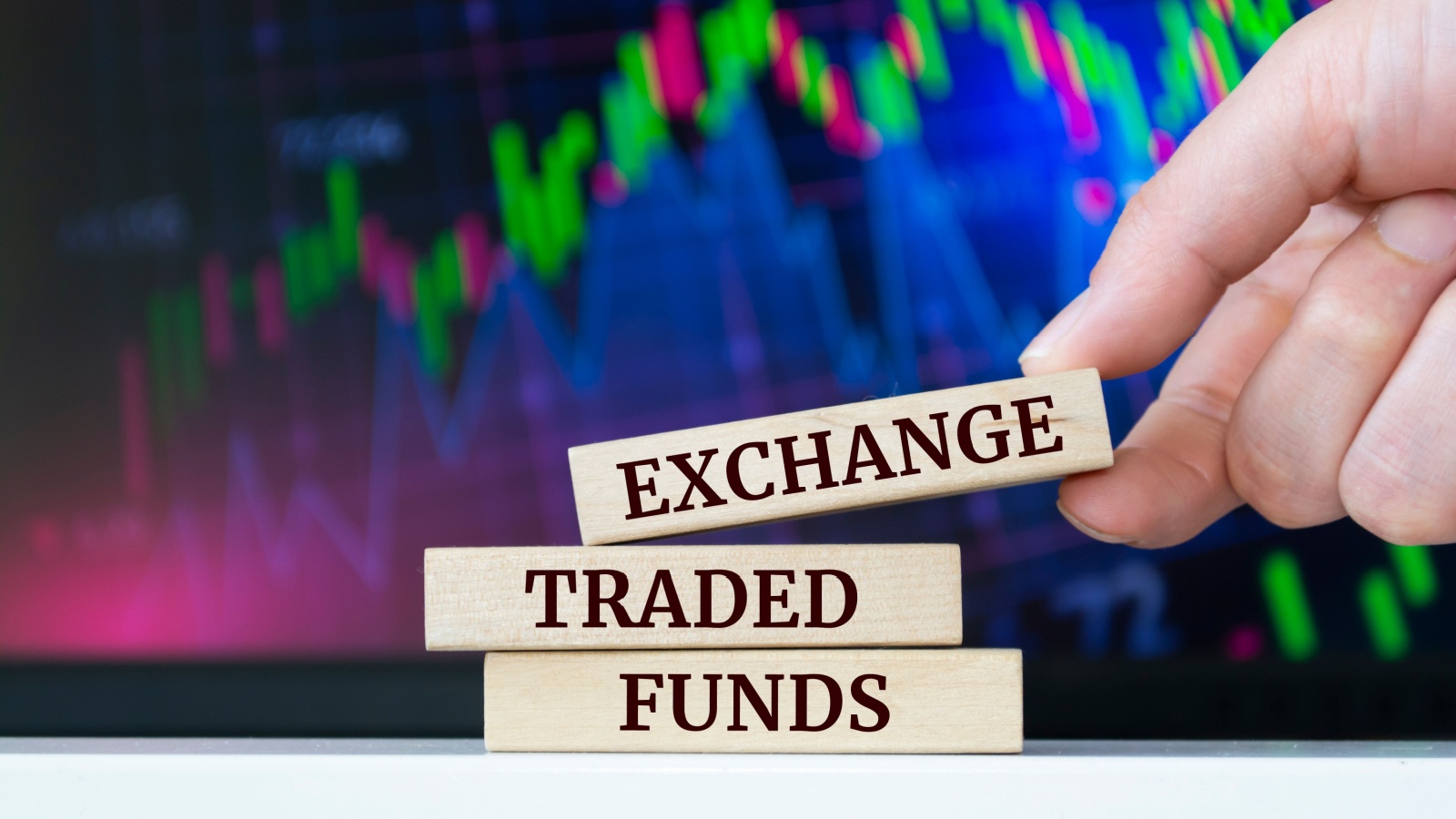
Emerging markets often bring higher volatility, but they also offer stronger growth potential over the long run. XEC gives Canadians exposure to countries like China, India, and Brazil, which are regions that are experiencing rapid economic development. While riskier than developed market ETFs, emerging markets have historically delivered outsized returns during growth cycles. XEC’s broad holdings spread risk across different economies, while its low fees make it efficient for long-term investors. For Canadians with a high tolerance for risk and a long time horizon, XEC adds valuable diversification and growth opportunities.
Vanguard FTSE Canadian High Dividend Yield Index ETF (VDY)
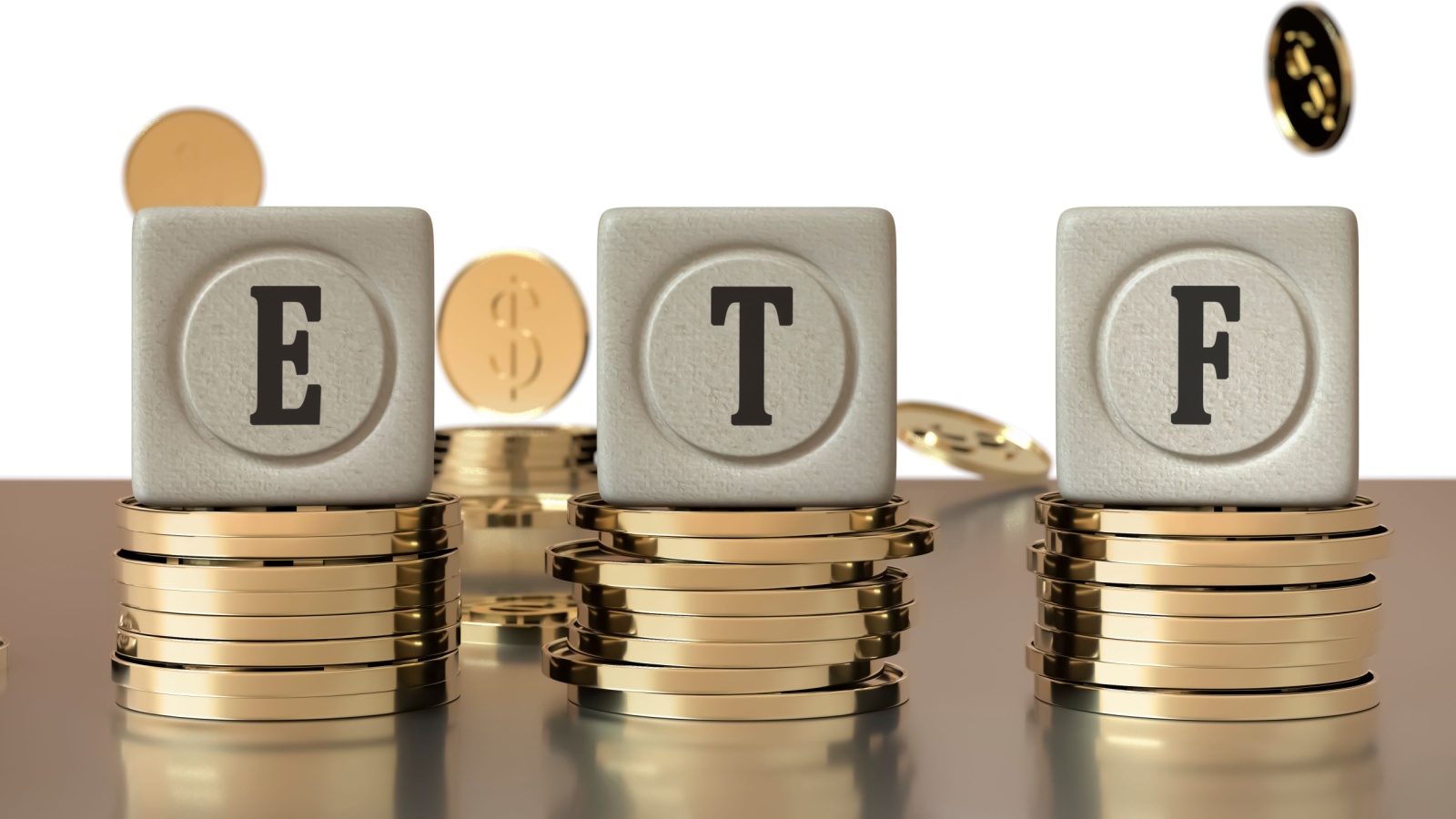
VDY is perfect for investors who prioritize steady dividend income alongside long-term growth. This ETF focuses on high-dividend-paying Canadian companies, especially in financials, energy, and telecom. For retirees or income-focused investors, its consistent payouts can provide cash flow while still benefiting from equity growth, and over time, reinvesting dividends from a fund like VDY can dramatically boost compounding. With a strong track record and exposure to Canada’s dividend-rich sectors, VDY offers a blend of stability and income that makes it an attractive long-term holding.
iShares S&P/TSX Capped REIT Index ETF (XRE)

Real estate remains a cornerstone of wealth building, and XRE offers Canadian investors exposure to the country’s top real estate investment trusts (REITs). These include holdings in commercial, industrial, and residential properties across Canada. REITs often provide strong dividends, making this ETF appealing for income seekers. Additionally, real estate can act as a hedge against inflation, adding stability over time, and while REITs can be cyclical, XRE’s broad exposure smooths out some of that risk. For Canadians looking to add real estate to their portfolios without direct property ownership, XRE is a strong choice.
BMO Aggregate Bond Index ETF (ZAG)
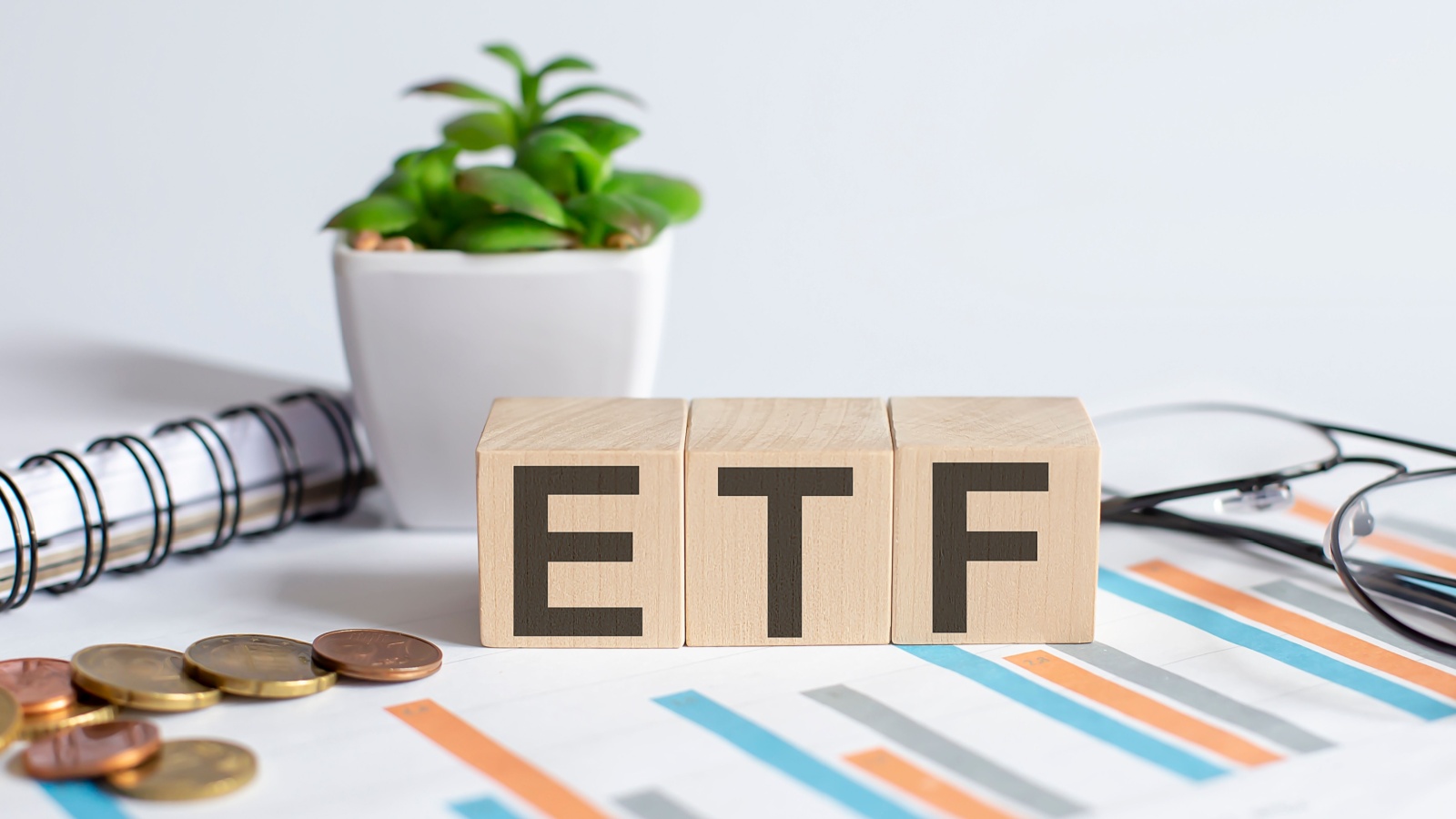
Fixed income plays an essential role in balancing portfolios, especially during volatile markets. ZAG provides broad exposure to Canadian bonds, including federal, provincial, and corporate debt. Its low fees and diversification make it a reliable option for investors seeking stability and income. While bonds don’t deliver the same returns as equities, they help smooth out long-term volatility, particularly for retirees or conservative investors. ZAG’s consistent payouts and defensive characteristics make it an important anchor in any portfolio designed to withstand both market growth and downturns.
iShares Core Canadian Universe Bond Index ETF (XBB)

XBB is another widely respected bond ETF that offers exposure to a broad range of Canadian bonds, from government securities to corporate debt. With low fees and a focus on stability, it’s well-suited for long-term investors looking to balance equity exposure, while bonds provide predictable income and capital preservation, which are crucial during market downturns. XBB has long been a staple among conservative investors and retirees, making it a tried-and-true choice for Canadians seeking a straightforward, low-cost way to add fixed income stability to their portfolios.
Horizons Active Preferred Share ETF (HPR)
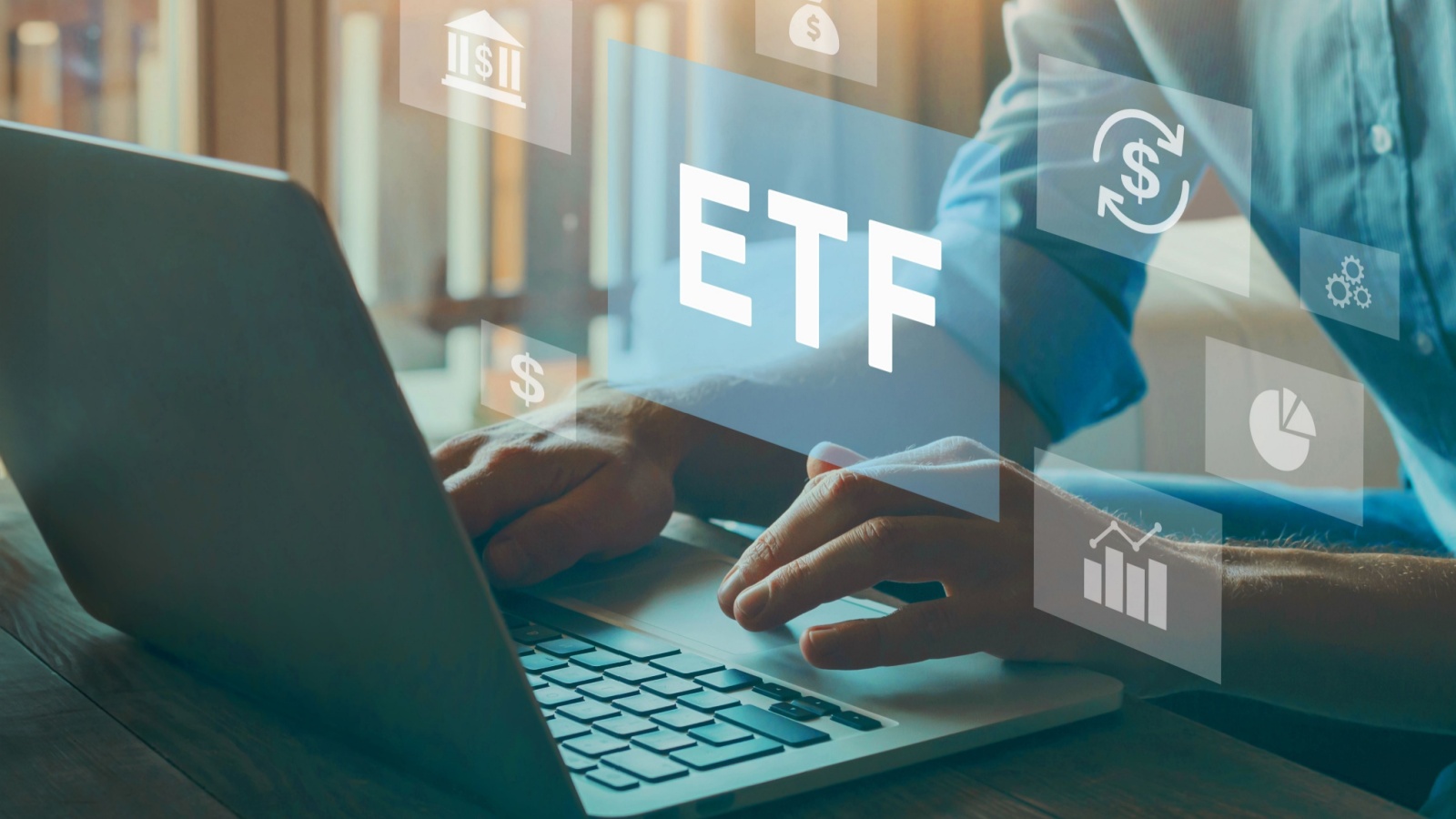
Preferred shares offer a hybrid between equities and fixed income, delivering higher yields than bonds while being less volatile than common stocks. HPR actively manages a portfolio of Canadian preferred shares, making it appealing for income-focused investors. This ETF can add stability and diversification to a portfolio, especially when interest rates fluctuate. Preferred shares are often overlooked, but they provide consistent payouts and reduce risk. For Canadians seeking income and long-term resilience, HPR is a unique addition that can strengthen portfolios beyond the traditional stock-bond mix.
Vanguard Growth ETF Portfolio (VGRO)

VGRO is a one-stop solution for Canadians looking for growth-oriented portfolios without managing multiple ETFs. It holds a mix of Canadian, U.S., and international equities, along with some bonds for stability. With a roughly 80/20 equity-to-bond split, VGRO is designed for long-term investors who want maximum growth while maintaining some balance. Its automatic rebalancing ensures investors stay aligned with their strategy over time. For younger Canadians or those with a long investment horizon, VGRO offers an all-in-one growth portfolio that delivers diversification, simplicity, and strong long-term potential.
iShares Core Equity ETF Portfolio (XEQT)
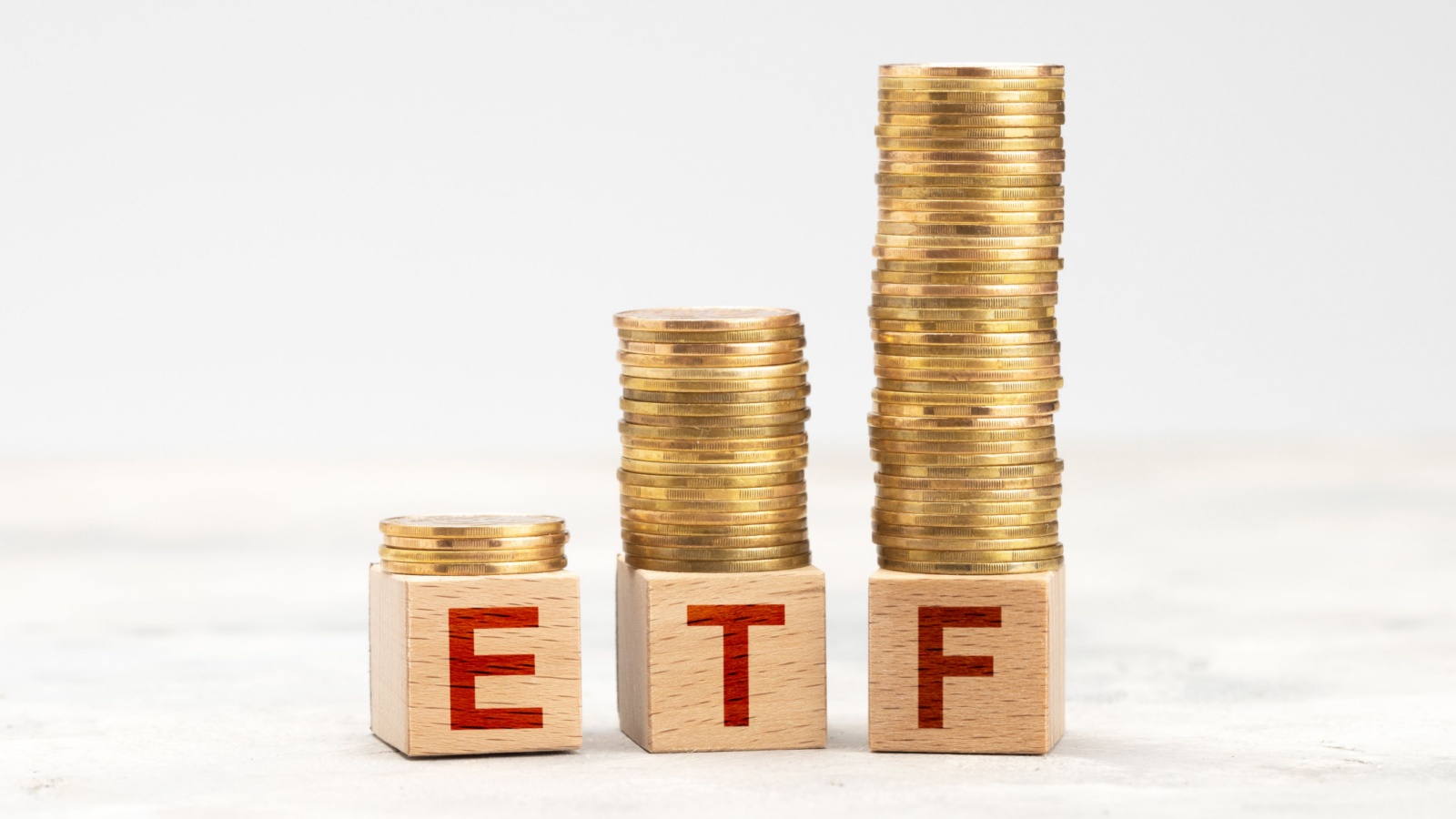
XEQT is another all-in-one ETF designed for long-term equity growth. Unlike VGRO, it leans entirely into equities, with a 100% stock allocation across Canada, the U.S., and international markets. This makes it ideal for younger investors with decades ahead to weather volatility and capture growth. XEQT’s global diversification reduces the risks of being overly concentrated in one market. With low fees and automatic rebalancing, it’s a convenient solution for hands-off investors. For Canadians aiming for long-term wealth building with maximum equity exposure, XEQT is a compelling choice.
BMO S&P 500 Index ETF (ZSP)
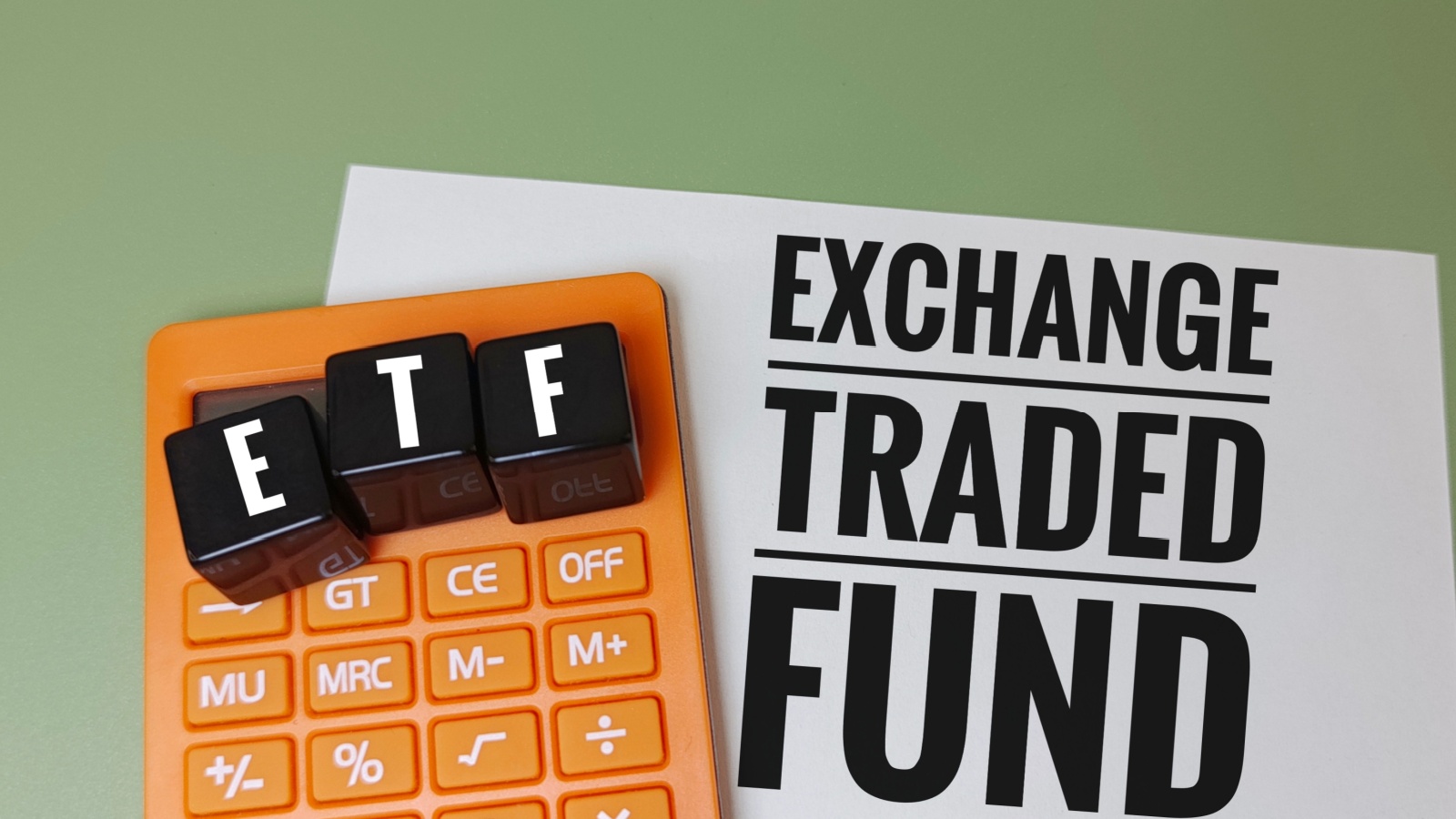
The S&P 500 has long been a benchmark for long-term equity growth, and ZSP gives Canadians direct exposure to the 500 largest U.S. companies. From technology to healthcare and consumer goods, this ETF captures the strength of America’s most influential businesses. With low fees and strong long-term performance, ZSP is a core holding for many Canadian investors. The U.S. market’s history of innovation and resilience makes it an essential part of a growth-oriented portfolio.
iShares Global Infrastructure Index ETF (CIF)
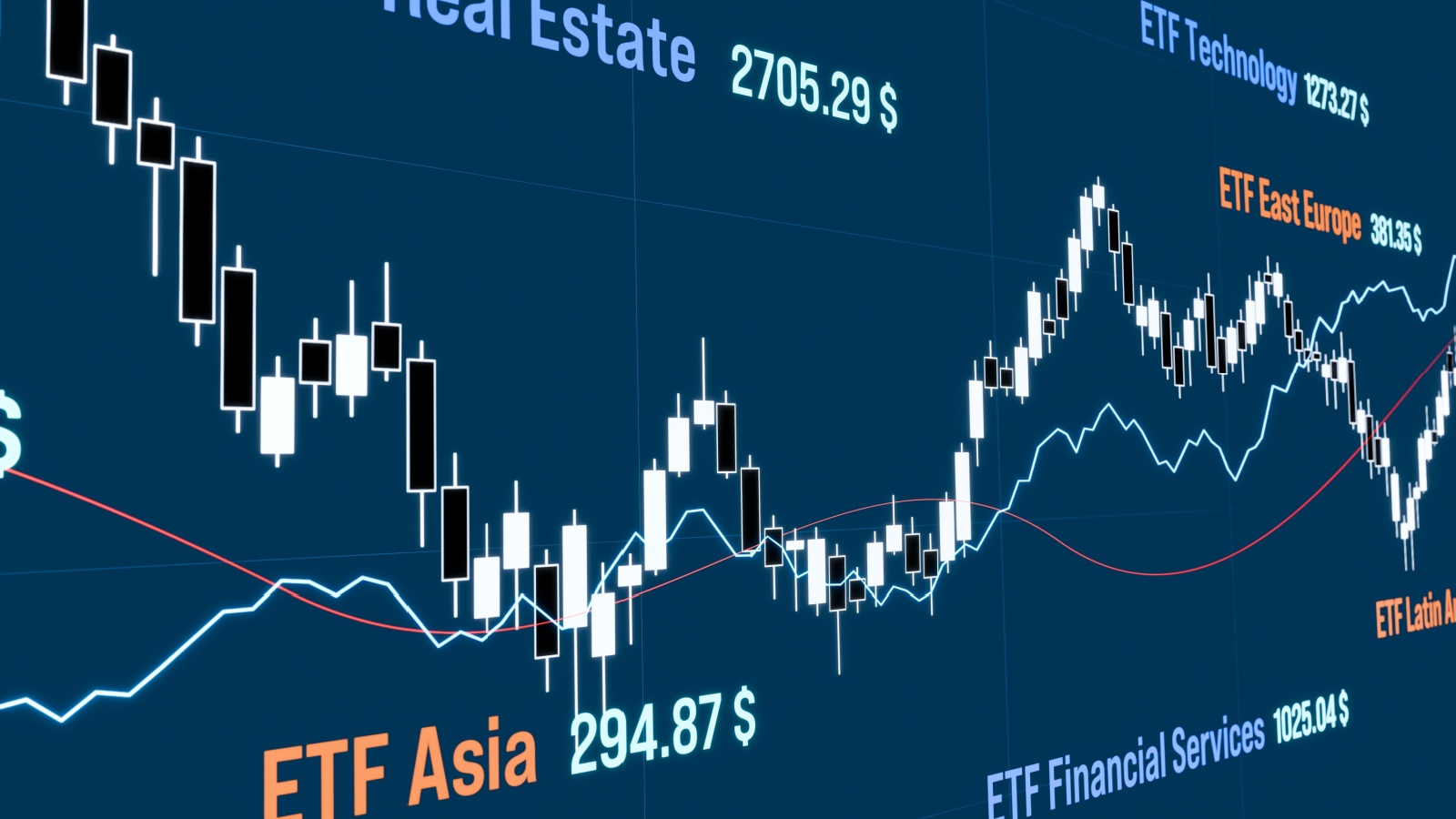
Infrastructure plays a critical role in long-term economic growth, and CIF allows Canadians to invest in global infrastructure companies. These include firms involved in utilities, energy, and transportation, which are sectors that often deliver steady returns and dividends. Infrastructure is less cyclical than other industries, making it a defensive long-term investment. As governments worldwide continue to spend on modernization and green initiatives, infrastructure demand will remain strong. CIF provides broad exposure across regions and industries, giving Canadians a way to benefit from one of the most stable wealth-building sectors globally.
iShares Gold Bullion ETF (CGL)

Gold has historically been a safe-haven asset during market turbulence and inflationary periods. CGL gives Canadians exposure to physical gold without the hassle of owning and storing bullion directly. While gold doesn’t provide dividends, it serves as a hedge against currency fluctuations and market downturns. Over time, adding a small allocation of gold can reduce portfolio risk while preserving purchasing power. For Canadians concerned about economic uncertainty or inflation, CGL is a simple, cost-effective way to diversify beyond stocks and bonds while adding long-term stability.
BMO Equal Weight Banks Index ETF (ZEB)
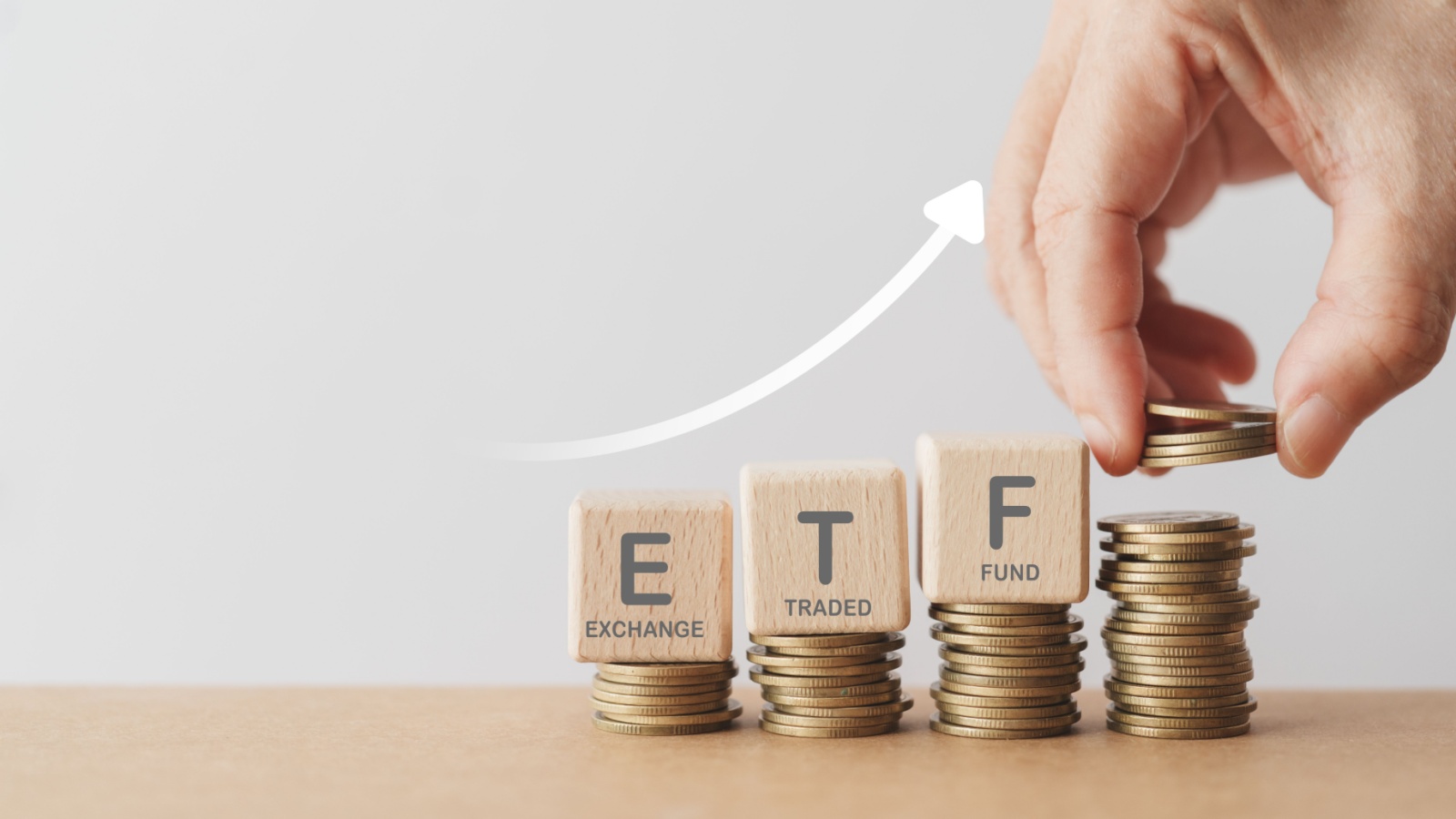
Canadian banks are among the strongest in the world, and ZEB offers equal-weight exposure to the Big Six financial institutions. These banks have a long history of profitability, stability, and steady dividends, making them cornerstones of Canadian investing, and by weighting each bank equally, ZEB avoids overexposure to the largest players while ensuring balanced participation. For long-term investors, Canada’s banking sector provides both growth and consistent income. With global recognition for resilience, ZEB is a straightforward way to capture the financial strength of Canada’s biggest institutions.
Vanguard Balanced ETF Portfolio (VBAL)
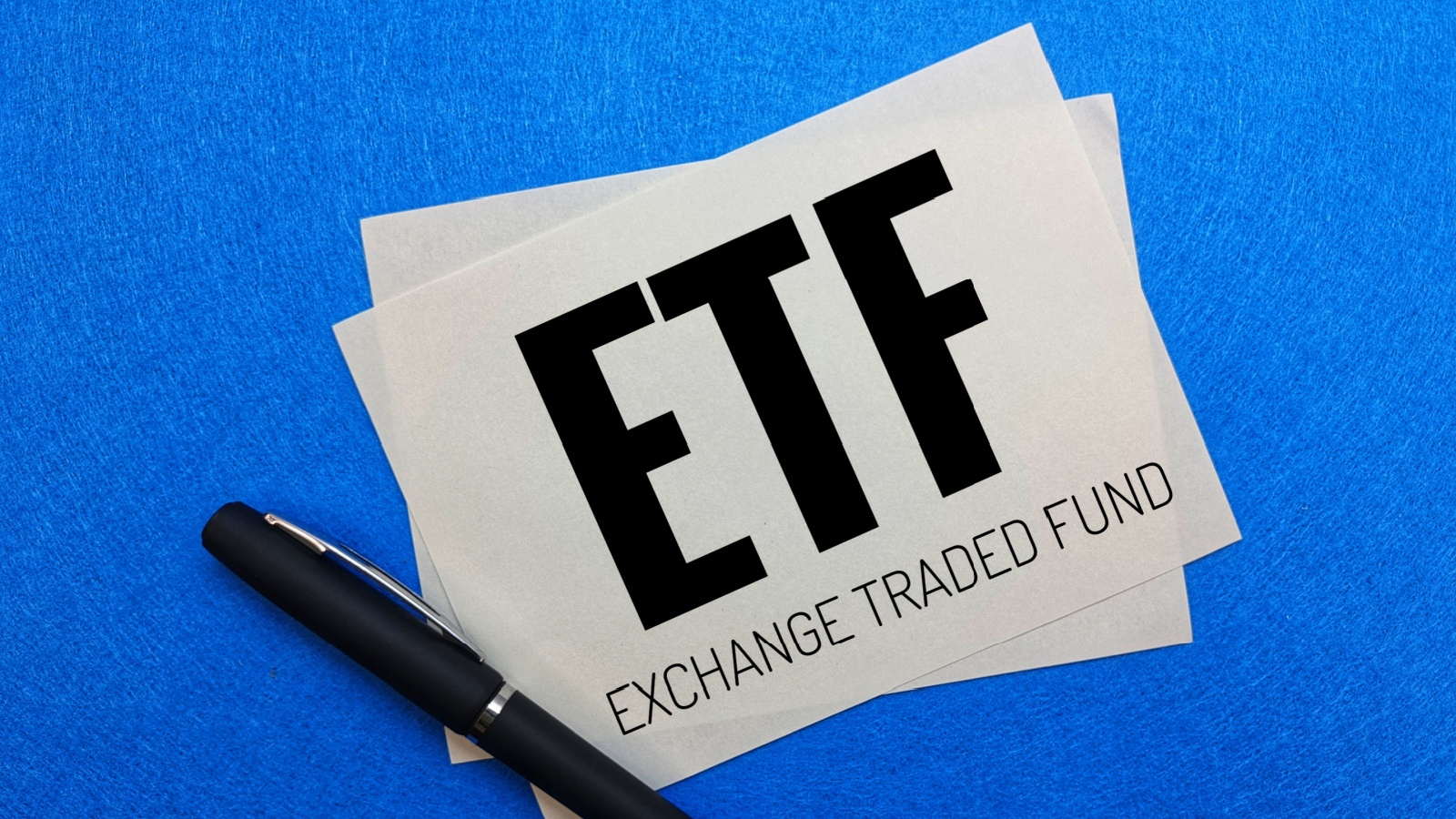
VBAL is a balanced all-in-one ETF designed for investors seeking a mix of growth and stability. With a 60/40 split between equities and bonds, it provides global diversification while reducing volatility compared to all-equity portfolios. VBAL automatically rebalances holdings, making it a hassle-free option for long-term investors, while its exposure to Canadian, U.S., and international markets ensures broad coverage, and bonds add stability during downturns. For Canadians who want a simple, set-and-forget portfolio with steady long-term returns, VBAL is one of the most practical options available.
21 Products Canadians Should Stockpile Before Tariffs Hit

If trade tensions escalate between Canada and the U.S., everyday essentials can suddenly disappear or skyrocket in price. Products like pantry basics and tech must-haves that depend on are deeply tied to cross-border supply chains and are likely to face various kinds of disruptions
21 Products Canadians Should Stockpile Before Tariffs Hit
